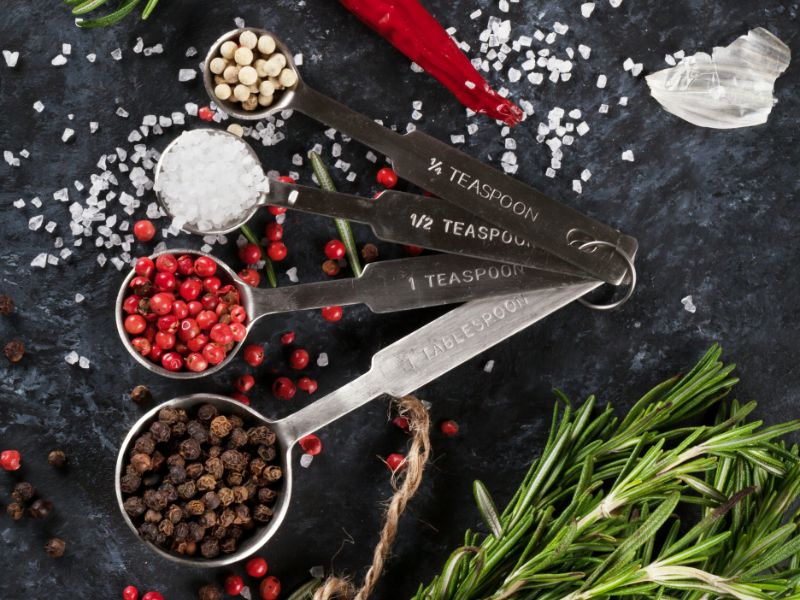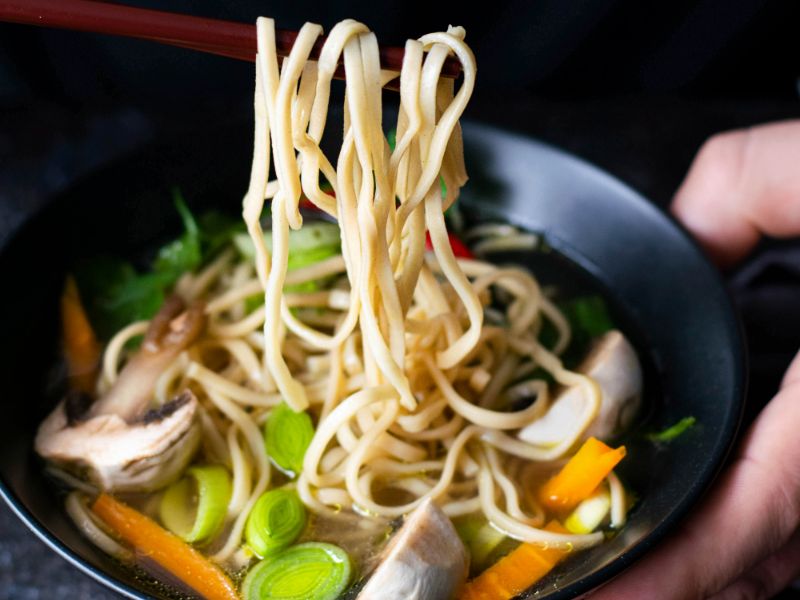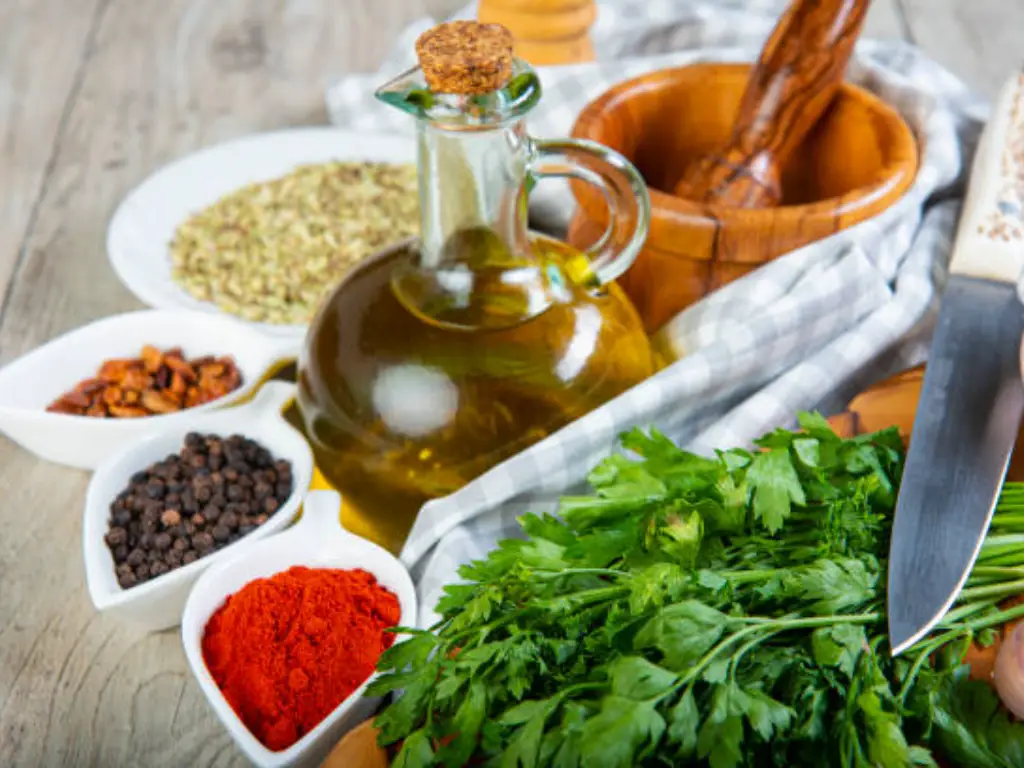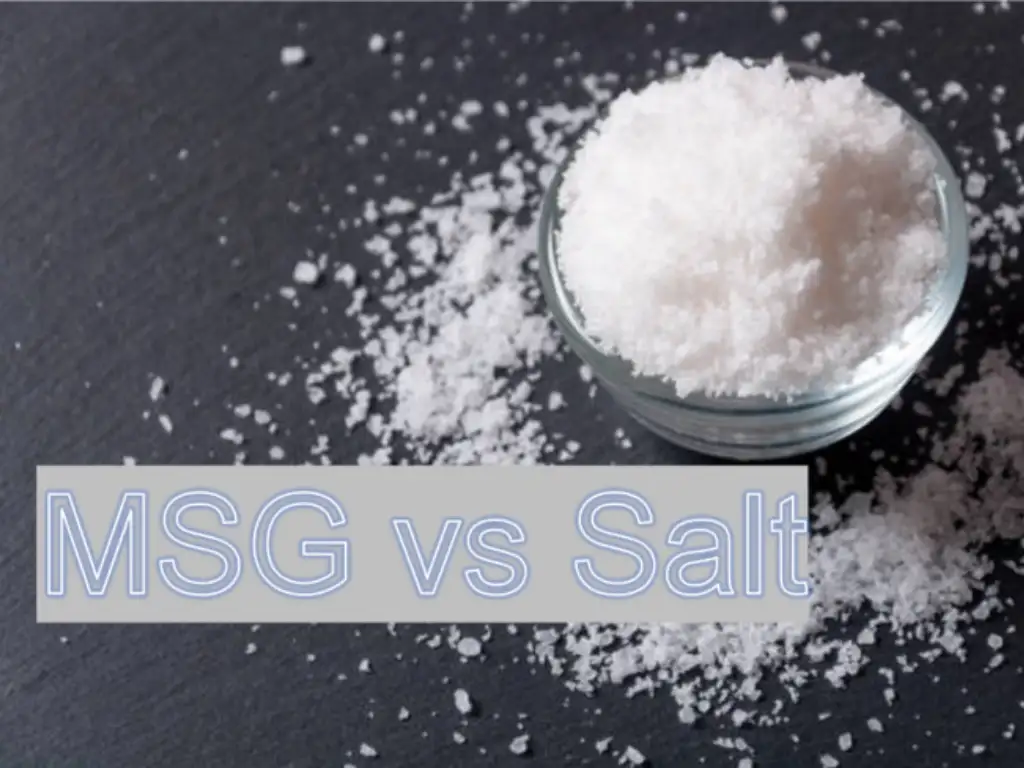- From Field to Flavor: How Are Spices Made - February 18, 2024
- Preserving Flavor: Do Seasonings Expire? - February 18, 2024
- Health Trends Impacting the Spices and Seasonings Market - February 18, 2024
MSG, often referred to as monosodium glutamate, is a seasoning that’s received both praise and criticism. But what exactly is it? Essentially, MSG is derived from glutamic acid, an amino acid present in many natural foods. It’s responsible for the umami or savory taste, especially familiar in dishes from Chinese eateries. The use of MSG isn’t limited to Chinese cuisine; it’s a worldwide trend. Whether it’s the anchovies in Italian dishes or the dashi in Japanese meals, umami’s touch is omnipresent. Want to cook with MSG? It’s straightforward. Just a pinch can elevate the taste of meat or several servings of veggies. However, it’s crucial to get the seasoning just right.
Is MSG Safe To Consume? Are There Any Health Concerns?


Monosodium glutamate, popularly known as MSG, has been a go-to flavor enhancer since the early 1900s. There have been concerns about its association with health problems like obesity and neurotoxic effects, but the FDA has classified it as generally safe. Most of the harmful claims about MSG have been challenged by current scientific evidence. While there’s a possibility of sensitivity in some individuals, adverse reactions are rare unless one ingests more than 3 grams without food. Given that the majority of foods have less than 0.5 grams of added MSG, its consumption at moderate levels is widely considered safe. For more about this information, you can check over here. Hope this article can clean your doubts.
What Are The Differences Between MSG And Regular Salt?
When we talk about seasoning, salt is often the first thing that comes to mind, but understanding how MSG differs from our trusty table salt requires a closer look, as explored in our detailed guide on ‘What Does MSG Taste Like.’ First off, while both enhance flavor, they do so in distinct ways. Salt primarily amplifies the existing tastes in food, making sweet sweeter and savory more pronounced. On the other hand, MSG introduces the umami flavor, a savory taste that’s not present in regular salt. In terms of composition, table salt is sodium chloride, while MSG is sodium combined with glutamic acid. So, is MSG salty? Yes, but it’s a different kind of saltiness, one that’s intertwined with a deep, savory richness. This is why some chefs prefer using MSG in cooking, as it provides an umami boost that regular sea salt or even sea salt can’t replicate. However, when considering the MSG to salt ratio or salt to MSG ratio, it’s essential to experiment and find what works best for your palate. Remember, while they both play in the same flavor-enhancing team, they’re different players with unique strengths.
Top Brands to Consider When Choosing MSG
If you’re wondering how to use accent seasoning or which brand of MSG to pick up from the grocery store, you’re in luck. Some top brands have stood the test of time and are trusted by chefs worldwide.
“Ajinomoto” is perhaps the most recognized name in the MSG world, originating from Japan and known for its high-quality product. “Ac’cent” is another popular brand, especially in the United States, that’s been adding umami to dishes for decades. Also, Pearl River Bridge is another Chinese brand popular with global consumers, Its MSG is 100% made from corn, and its purity is more than 99%.
When choosing the best MSG seasoning, it’s essential to read labels and ensure you’re getting pure monosodium glutamate without any additives. Here’s a list of MSG brands, you can get more information from knowing different brands. Some brands might mix MSG with other seasonings, so always be on the lookout. And if you’re curious about how much monosodium glutamate to use, most brands provide guidelines on their packaging to help you season with confidence.
How Do I Store MSG Properly?
If you want to store MSG effectively, place it in a cool, moisture-free environment, shielded from heat and light. A container that seals tightly is crucial to ward off any moisture. Glass storage jars or small deli pots are perfect for this. Also, it’s essential to keep MSG isolated from potent spices to prevent odor mingling. While MSG doesn’t really go bad, for the freshest flavor, it’s wise to use it within a year’s time.
The Culinary Applications of MSG


Using MSG in your cooking process offers boundless opportunities. From enhancing the taste of soups and casseroles to poultry and seafood dishes, a little MSG can make a world of difference. Imagine elevating your morning scrambled eggs with a pinch of MSG, or deepening the flavors of your soup. The golden rule is to use it sparingly. If you’re pondering the right amount for a soup, start small and tweak as per your preference. Vegetarian dishes, which might sometimes miss the umami richness of meat, can benefit immensely from MSG. No matter the cooking technique, let MSG enhance rather than overshadow your dish’s flavors.
MSG and Health: A Balanced View
The discourse around MSG, its flavor merits, and its health effects has been extensive. While many vouch for its culinary advantages, others voice health reservations. So, where does the truth lie? Moderation appears to be the answer. The FDA(food and drug administration) has sanctioned MSG as safe for consumption, but it’s beneficial to keep tabs on intake. A minority might manifest symptoms like headaches with excessive consumption, though this is relatively rare. Plus, foods like tomatoes and parmesan naturally contain glutamic acid, akin to MSG. If these don’t bother you, MSG likely won’t either. However, always be in tune with your body’s feedback.
MSG in World Cuisines
MSG’s reputation isn’t confined to Chinese food; it’s a cherished flavor enhancer worldwide. The Japanese have long harnessed the umami from kombu seaweed in their dashi. Latin culinary traditions might add a pinch of MSG to their broths and stews for a savory boost. And in the US, snacks such as Doritos count on MSG for that irresistible taste. This universal allure of umami has integrated MSG into diverse dishes, be it a Thai curry, an Italian sauce, or a Latin delicacy.
Recipes and Tips


Exploring the culinary dimensions of MSG can be a treat. If you’re seeking guidance on seasoning with MSG or the optimal time to add it, here are some pointers and a straightforward recipe:
Suggestions:
- Start with a Pinch: Especially if you’re unfamiliar with MSG, it’s best to use a small quantity initially.
- Mix with Other Seasonings: MSG complements other spices, enhancing the overall flavor palette.
- Continuously Sample: Regularly taste your food and adjust the seasoning to your preference. Umami-Enhanced Scrambled Eggs:
- Ingredients: 4 eggs, a dash of sea salt, 1 tbsp butter, and 1/4 tsp MSG. Directions: Blend eggs with sea salt and MSG. Warm butter in a frying pan, introduce the egg mix, and scramble until it reaches your desired consistency. Dive into the umami experience!
Conclusion
MSG, short for monosodium glutamate, has often been a contentious topic. However, when utilized right, it can take dishes to new flavor heights that are hard to match with other spices. For anyone passionate about cooking, be it a top chef or a home enthusiast, getting acquainted with MSG can be a culinary revelation. It not only boosts the natural taste but also infuses dishes with a distinct umami touch. So, during your next grocery visit, consider giving that MSG bottle a closer look. Your culinary creations might reach new heights!






